Chatel, H. et als.
Journal of Plastic, Reconstructive & Aesthetic Surgery, 2016-05-01, Volúmen 69, Número 5, Pages 700-705
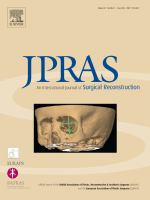 Persistent postsurgical pain (PPP) has been reported by patients following various surgeries. Body contouring procedures are being performed more frequently, but no data are available regarding the effects of these procedures. Long-term disability occurring after performing “functional” procedures on healthy subjects is a particular concern. The aim of this study was to describe the risk factors, prevalence, characteristics, and effects of persistent pain after body contouring procedures.
Persistent postsurgical pain (PPP) has been reported by patients following various surgeries. Body contouring procedures are being performed more frequently, but no data are available regarding the effects of these procedures. Long-term disability occurring after performing “functional” procedures on healthy subjects is a particular concern. The aim of this study was to describe the risk factors, prevalence, characteristics, and effects of persistent pain after body contouring procedures.
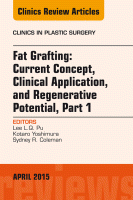 The author started injecting large quantities of fat in the breasts, thighs, and buttocks in 1985. The Brazilian Buttock technique was first presented in 1987; since then, the author has been writing and lecturing about it worldwide. In the past few years, the technique became very popular; it has changed the ideal of beauty in many countries. Recently, the author started using adipose-derived stem cell–based therapies for buttock augmentation to improve the results of fat graft survival.
The author started injecting large quantities of fat in the breasts, thighs, and buttocks in 1985. The Brazilian Buttock technique was first presented in 1987; since then, the author has been writing and lecturing about it worldwide. In the past few years, the technique became very popular; it has changed the ideal of beauty in many countries. Recently, the author started using adipose-derived stem cell–based therapies for buttock augmentation to improve the results of fat graft survival.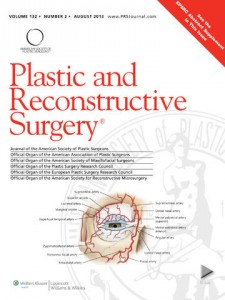 As close as the buttocks and the perineum are anatomically, the clinical settings and the solutions to wound problems in these areas are quite different. The ubiquitous “pressure ulcer” presents more commonly as a clinical management problem than a reconstruction issue. On the other hand, the perineal defect is almost always a reconstruction challenge following tumor ablation. For these reasons, the authors have chosen to separate this Continuing Medical Education offering into two parts. The first part addresses the pressure ulcer, while the latter discusses the perineum.
As close as the buttocks and the perineum are anatomically, the clinical settings and the solutions to wound problems in these areas are quite different. The ubiquitous “pressure ulcer” presents more commonly as a clinical management problem than a reconstruction issue. On the other hand, the perineal defect is almost always a reconstruction challenge following tumor ablation. For these reasons, the authors have chosen to separate this Continuing Medical Education offering into two parts. The first part addresses the pressure ulcer, while the latter discusses the perineum.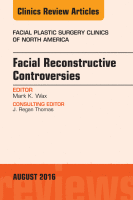 Prophylactic antibiotic use in facial plastic surgery is a highly controversial topic primarily due to the lack of evidence in support of or against antibiotic use. In this section the authors present the available literature on the most commonly performed procedures within facial plastic surgery in an attempt to see if the data support or contradict the need for antibiotic prophylaxis in facial plastic surgery.
Prophylactic antibiotic use in facial plastic surgery is a highly controversial topic primarily due to the lack of evidence in support of or against antibiotic use. In this section the authors present the available literature on the most commonly performed procedures within facial plastic surgery in an attempt to see if the data support or contradict the need for antibiotic prophylaxis in facial plastic surgery.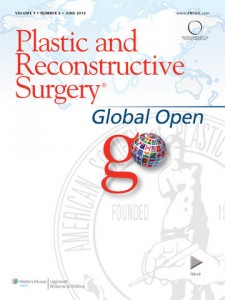 Fat grafting is now widely used in plastic surgery. Long-term graft retention can be unpredictable. Fat grafts must obtain oxygen via diffusion until neovascularization occurs, so oxygen delivery may be the overarching variable in graft retention.
Fat grafting is now widely used in plastic surgery. Long-term graft retention can be unpredictable. Fat grafts must obtain oxygen via diffusion until neovascularization occurs, so oxygen delivery may be the overarching variable in graft retention.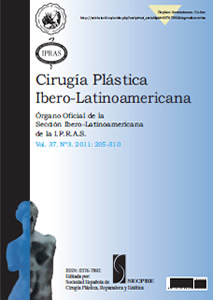 Las técnicas actuales de rejuvenecimiento facial son producto de años de refinamiento técnico y la máxima expresión de la destreza del cirujano plástico moderno. El rejuvenecimiento del tercio medio facial ha retomado interés recientemente dado que permite reposicionar en bloque los tejidos de la región malar a su posición juvenil original. Como efecto agregado, atenúa el surco nasogeniano por tracción tisular secundaria. Para lograr este efecto se han descrito múltiples abordajes, planos de disección y métodos de fijación tisular.
Las técnicas actuales de rejuvenecimiento facial son producto de años de refinamiento técnico y la máxima expresión de la destreza del cirujano plástico moderno. El rejuvenecimiento del tercio medio facial ha retomado interés recientemente dado que permite reposicionar en bloque los tejidos de la región malar a su posición juvenil original. Como efecto agregado, atenúa el surco nasogeniano por tracción tisular secundaria. Para lograr este efecto se han descrito múltiples abordajes, planos de disección y métodos de fijación tisular.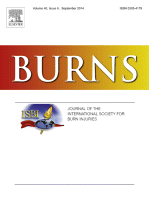 This study was a component of a broader review to evaluate burn care in South Africa. A prospective audit of 353 children with thermal injuries admitted to the Red Cross War Memorial Children’s Hospital in Cape Town was performed during 2012/2013. The audit was based to assess the adherence of initial burn management to the provincial policy guidelines on the clinical management of the burn wound. The community management of each patient prior to admission to a burns centre was assessed for the following: basic demographics, emergency home management, wound cover, analgesia and transport to medical facilities.
This study was a component of a broader review to evaluate burn care in South Africa. A prospective audit of 353 children with thermal injuries admitted to the Red Cross War Memorial Children’s Hospital in Cape Town was performed during 2012/2013. The audit was based to assess the adherence of initial burn management to the provincial policy guidelines on the clinical management of the burn wound. The community management of each patient prior to admission to a burns centre was assessed for the following: basic demographics, emergency home management, wound cover, analgesia and transport to medical facilities.

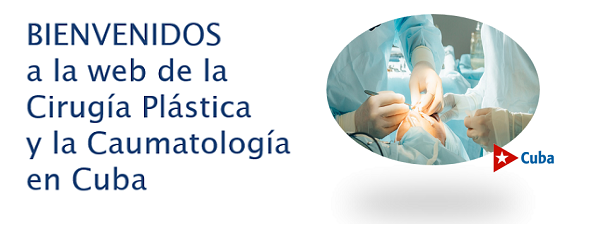
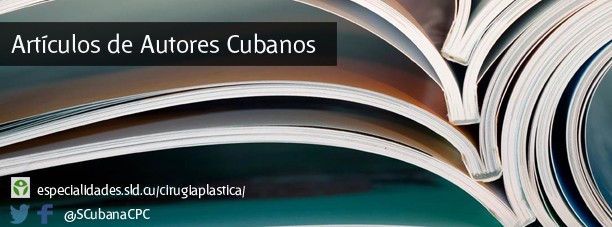
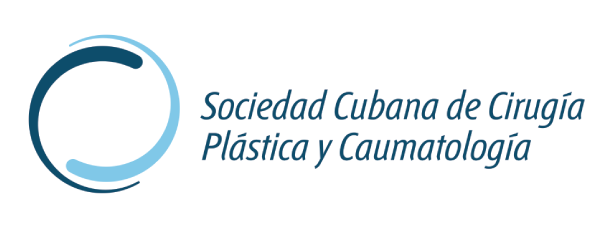
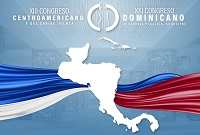
 Sitio web publicado el
Sitio web publicado el
Los lectores comentan